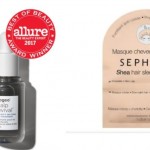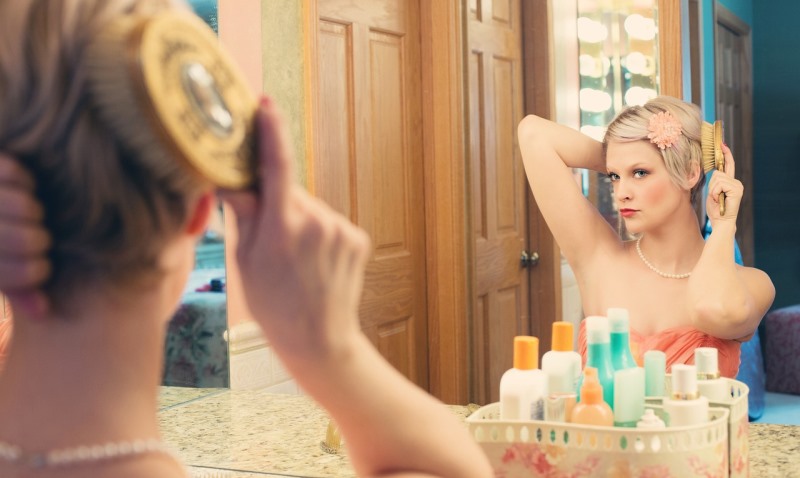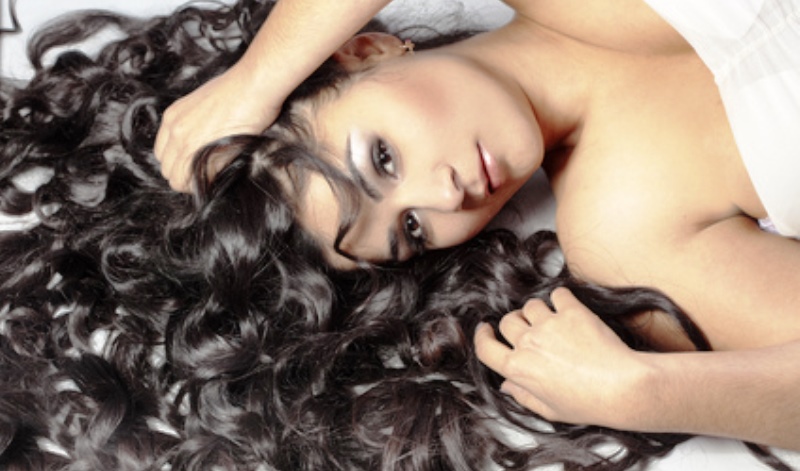Perming isn’t BAD – How to perm your hair the RIGHT way!
If you want a solution to your everyday hair woes, going down the commitment road may just be the right route! Yes, we say- put a ring in it. Take your limp, listless hair, and breathe some life into it by going the perm way.

Image source: Google, copyright-free image under Creative Commons License
Curly hair has been seen to add a new surge of life to many a dull, dead heads of hair that defy the label- and despite popular opinion, if the products and procedure used for styling is professional, there is going to be NO lasting damage to your hair. If you still have qualms, we’ll tell you the other popular myth about tight, crinkly curls sitting on your head after perming is also a lie. A big one at that. Perms have come a long way from those cramped, crimpy curls of the 80s and can be fine-tuned now to offer a stunning array of looks, for more or less every kind of hair. You can get stunning curly hair by opting for the correct perming procedure. The right technique on how to perm your hair can add just the required texture and bounce to your tresses so that you are always tressed to impress.
Suggested read: Applying henna for hair growth: Here’s why and how
One size doesn’t fit all
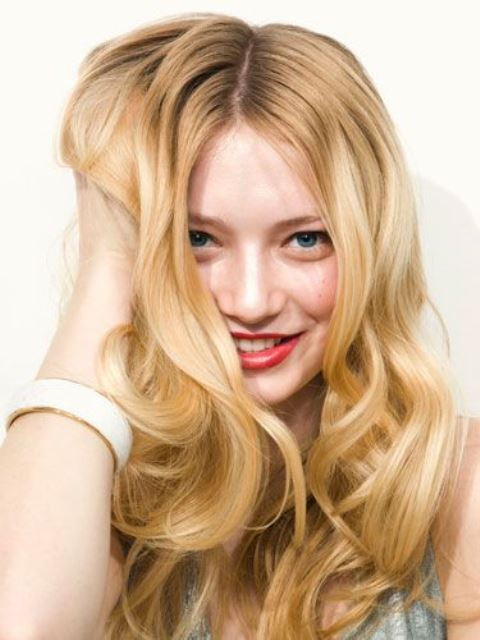
Image source: Pinterest
For instance, the traditional perm or cold wave deploys new digital waves technology to give your tresses softer and long-lasting curls. A root perm, on the other hand, lends volume to fine, thin hair. A stack perm is great for short hair while a spiral perm will offer you those sexy ringlets you have been dying to get since Roberts sported them. If you still can’t get enough of curly hair, maybe weave perm’s just the option for you. The perming will offer you everything from tight curls to soft, sexy ringlets and you will look salon-ready even if you are just waking up. If you have longer tresses, a ponytail perm might give you just the curls you need at mid-length and tips to let your hair down, quite literally.
Traditionally, all perms fall under the hot or cold perm categories. In the former or digital perming method, an initial relaxing treatment readies your hair for the follow-up with heated curling rods to form loose curls and waves. The hair is put through a set of rollers to achieve the final look. With cold perms or the traditional method, the hair is soaked in an alkaline compound before being tightly wound into smaller curls and ringlets with the help of rollers. This creates a tighter pattern than the digital method and takes lesser time. Each method comes with its own set of pros and cons. While the former method is more natural looking and potentially less damaging to the hair, it is longer, works best on thicker, longer hair and relaxes faster, besides being more expensive. A cold perm, on the other hand, injects less heat on the scalp, curls closer to the roots, works on almost all types of hair and is more affordable. It is less natural-looking (initially) and requires more maintenance and upkeep.
NOT as easy
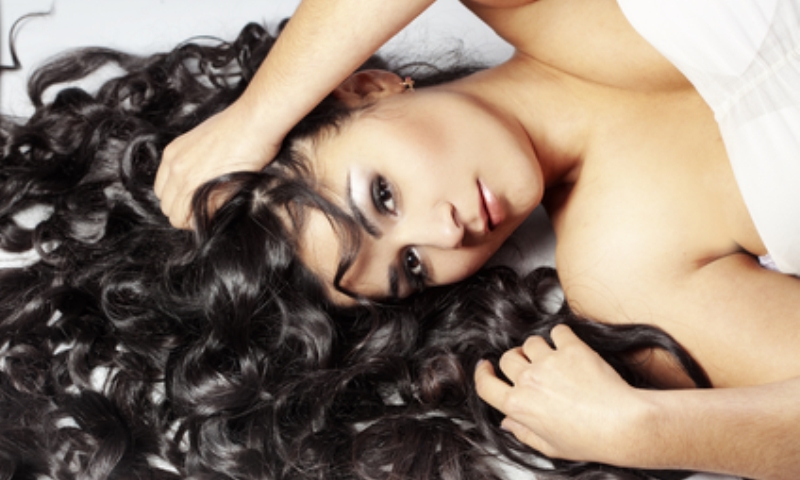
Image source: Google, copyright-free image under Creative Commons License
A perm usually lasts till your hair grows out. Larger, looser curls open out faster than thin, tight ones. Simply, getting your perming done isn’t enough to look charming in curly hair, the aftercare is equally important to maintain the bounce and luster. A specialized shampoo and conditioner with an anti-frizz element is recommended after all perming procedures. A leave-in conditioner should be used after every wash and you should scrunch-dry your hair and round off with a protective serum.
Waiting for at least two-three days for the curls to settle is the best way forward. Creamy formulas can weigh the curls down, so one should opt for a curl-enhancing product, laden in protein and minerals. If you need to use a cream or gel to hold your curls in place, alternate your specialized shampoo with a cleansing one. Avoid blow-drying at all costs and avoid dyes, highlights or any chemical treatment for the next one month. Wear your swim cap if you dive in the waters, ever so often and keep your hair in a braid when you can. Do not brush out to loosen it after, but simply use your fingers. If you are not the type to go for regular trims, try to go for a cut every two months or so- because the curls will start to unravel when your hair gets too long and heavy.
Suggested read: All you need to know about how to style wet hair like a pro
Take care
Your hairstylist can offer you the best guidance on whether or not perming is apt for you. If your hair is brittle, lightened, colored or chemically straightened, perming might be out the window. If you try to force perming in such cases, your hair will become frizzy and lose its elasticity. If your hair is colored or straightened, allow it to grow out and wait until such time that perming is rendered safe by your stylist. Also, don’t go for a perm within 24 hours of a deep-conditioning treatment, as it will inhibit the perming solution. And it is best to avoid perming when you are expecting.
If you are worried that permanent curls might not be your thing and you’d want to see how you look with curls, you can experiment. You could go to a salon or experiment with tongs and rollers at home. Shampoo and conditioning, followed up with some mousse should be a good starting point. Blow dry completely before starting with the tongs. Vary the size of the curls by opting for different sized rods and rollers. If you have thin hair, use less mousse and complete the look with a finishing spray. Do not use tongs and iron consistently- as it may harm your hair cuticles. Only make room for specialized products and do not forget to go for deep conditioning treatments once a month. A barrier product to protect your hair from the heat that goes in when tongs and rollers are used is always advisable.
Now that you know how to perm you hair the right way, happy perming!
Featured image source: Google, copyright-free image under Creative Commons License




